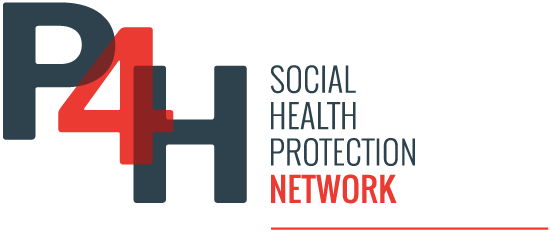Andorra, a small mountainous country in south-western Europe, boasts a sophisticated health care system that rivals those of major developed nations. With a population of 79,000 people in 2021 and a high Human Development Index score of 0.884, Andorra’s health care system significantly contributes to its high standard of living and life expectancy of 84 years in 2022.
The Andorran health care system is based on a social insurance model. In 1966, Caixa Andorran de Seguretat Social (Andorran office of social security) (CASS) was created by decree to administer the Andorran social health insurance system, which started functioning in April 1968. The primary state institutions that govern health care are the General Council (the parliament), the Ministry of Health and Welfare, CASS and the Andorran Health Care Service (SAAS). The central government and the parliament are responsible for health care policy-making. CASS is responsible for collecting the funds to pay for health care services. SAAS is responsible for the integrated management of all publicly financed health care.
Health care in Andorra is provided by the CASS to all employed persons and their families; other residents and tourists require full private health insurance. The cost of health care is covered at rates of 75% for outpatient expenses such as medicines and hospital visits, 90% for hospitalisation, and 100% for work-related accidents. The remainder of the costs may be covered by private health insurance. While the public health care system is excellent and covers 92% of the population, more than 25% of Andorrans have private health insurance on top of their public health insurance.
Andorra’s health care system exemplifies an effective blend of public and private financing, ensuring comprehensive coverage and high-quality services. The system’s sustainability is supported by mandatory contributions, extensive public financing and supplementary private insurance options. This multifaceted approach allows Andorra to maintain a high standard of health care, contributing to its residents’ long and healthy lives.
References
[1] World Health Organization, Global Health Expenditure Database (choose country)
